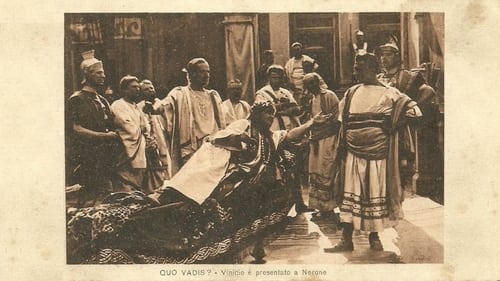
Il corsaro
Early Italian pirate adventure.

Richard, Suo Marito


Filippo Derblay
Filippo Derblay, a young man of humble birth, became, thanks to his job, the owner of the ironworks. He is secretly in love with Clara, the daughter of the Marquis of Beaulieu, who lost all his fortune. Clara is engaged to the Duke of Bligny, a vain cousin of her. After learning of Clara’s financial disgrace, the Duke prefers to engage to Atenaide Moulinet, a social climber and daughter of the industrialist Moulinet, the “King of Cacao”. To get revenge, Clara agrees to marry Filippo Derblay, despite she considers him an upstart and she despises him. But Filippo, who loves her deeply, can’t tolerate to be humiliated, will prove how much her prejudice was wrong and, at the end, he will win her love. Among the most captivating aspects of the film, the intense performance of the great diva Pina Menichelli and the high level of the photography, that captures spaces from life as the remarkable images of the factory and the workers at the machinery.

In "Fabiola" (1918) Herr Guarzzoni moved from the earliest days of Christianity when the new faith was struggling to just survive to a later period in the Roman Empire when the religion was a major force and attempting to win over Rome.

Corrado Silla
Marina di Malombra (Borelli) lives in a castle prior to her wedding. She begins to read letters written by an ancestor called Cecilia. She finds out that Cecilia was driven to her death by her uncle. Marina identifies with Cecilia and take revenge on her behalf by murdering her uncle.

Tallien
“Madame Tallien” (1916) depicts the libertine life and loves of the eponymous decadent aristocrat, an important activist who was ahead of her time in deciding to make both love and war before, during and after the French Revolution . She even caused Robespierre to lose his head (literally) because of her.

Ponzio Pilato
Antamoro's CHRISTUS, epic in scale and ambition, and featuring decidedly otherworldly special effects, was released in 1916. Telling the story of the Life of Christ, the film is divided into three segments-- three Mysteries. The first of these includes the Birth of Jesus, the arrival of the Magi, Herod and the slaughter of the innocents, the flight into Egypt. The second Mystery features the expulsion of the merchants from the Temple, Mary Magdalene's conversion and Christ's entry into Jerusalem. The third Mystery is itself divided into three separate parts, which are The Passion, The Death and The Resurrection.

Claudio Morillot
Grazia de Plessans abandons her studies in a convent following a mystical crisis. In her paternal house, she studies music together with maestro Claudio Morillot with whom she ends up falling in love.

Italian film directed by Nino Oxilia.

A romance story about Jenny and the men that love her.

Directed by Enrico Guazzoni.

Marcantonio
Based loosely on Shakespeare's play, Plutarch's "Life of Antony", and Pietro Cossa's dramatic poem, "Cleopatra", this movie was spectacular for its time. It offers location shots made in Italy and Egypt, large crowd scenes (e.g., the Roman army embarking in Alexandria), lots of emotional drama (Marc Antony & Cleopatra, his wife Octavia, sister of Antony's rival Octavian, unhistorically coming to Alexandria to beg him to return to her, and some mean, mean looks exchanged between Octavia and Cleopatra.

John Wood
Italian silent western.

Vinicius
During the latter years of the reign of the tyrannical Roman emperor Nero, Marcus Vinicius, one of Nero's officers, falls in love with a young Christian hostage named Lygia. "Quo Vadis?" is a landmark in epic film-- Certainly Enrico Guazzoni’s grand-scale masterpiece laid the foundations for what colossal Italian spectacles would become. The film had tremendous influence on Giovanni Pastrone’s Cabiria (1914) and D.W. Griffith’s Intolerance (1916).

Believing that Caesar is becoming too powerful in the state, Brutus and others conspire to take his life. The next day, when all are assembled in the senate chamber, the conspirators accomplish their fatal purpose

A man stands up to his emperor and is punished by death for it.

Directed by Enrico Guazzoni.

In "Agrippina" (1910), Guazzoni recreates the particular and troublesome relationship between Agrippina, the second wife of the Emperor Claudius, and her son Nero.








